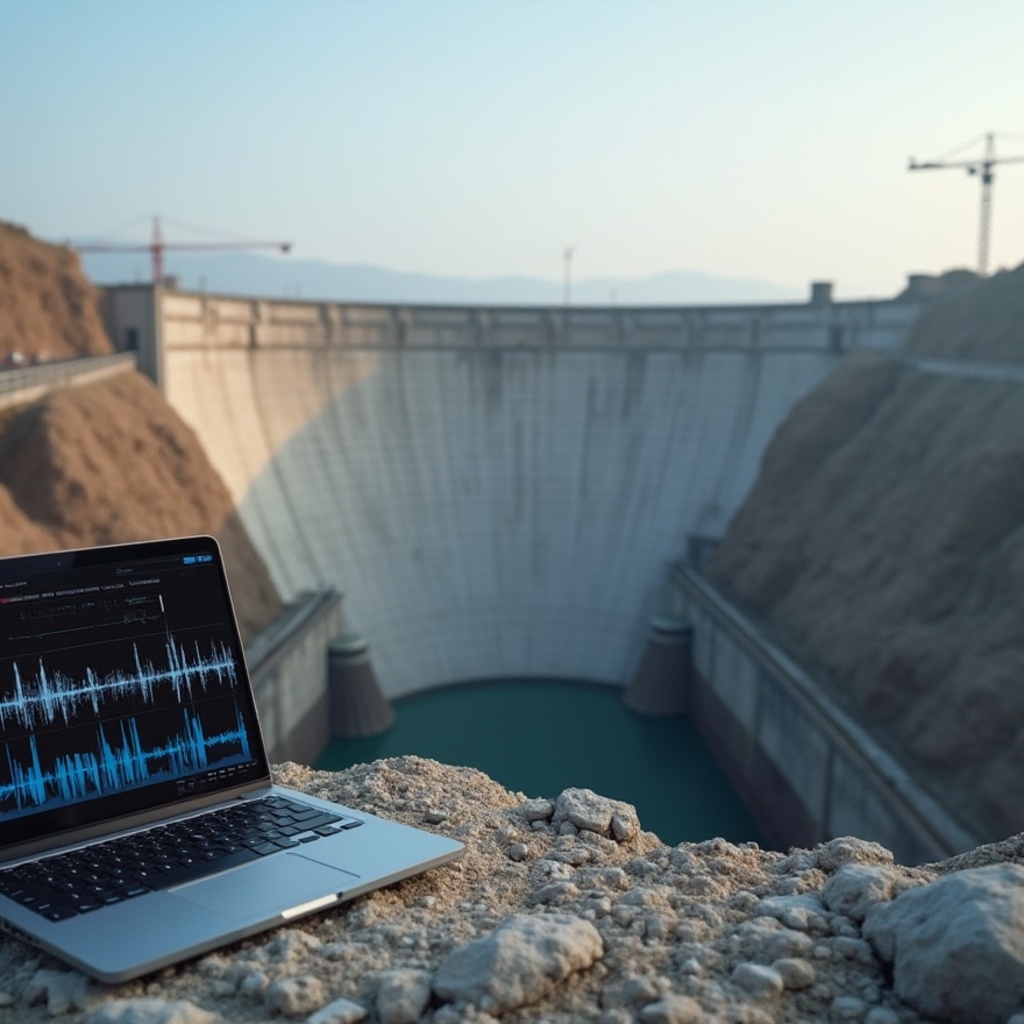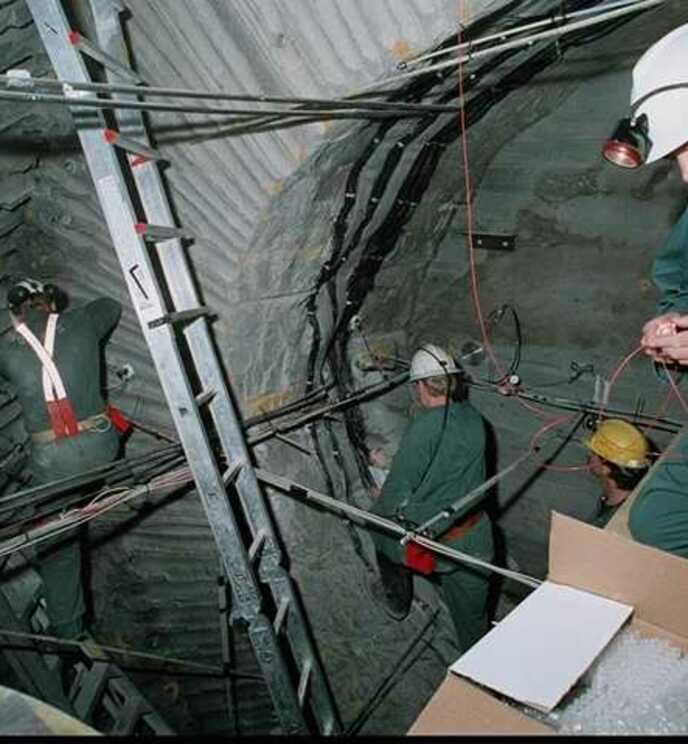

Passive and active seismic monitoring are non-intrusive, non-destructive techniques to characterise the health state and integrity of rock and engineered structures, providing a means of imaging and quantifying crack development, damage and disturbance accumulation.
These methods can also provide a map of the geotechnical parameters in the shallow subsurface critical for the evaluation of the ground for foundations
Seismic observations can be used to update predictive structural models.

The performance of a concrete bulkhead in the Tunnel Sealing Experiments (TSX) for AECL was monitored during the complete curing period and after being subject to thermal and pressure loads. The TSX was designed to test seal technology and to measure seal performance. The seals were monitored as they were subjected to combinations of heat and pressure. The concrete monitoring array consisted of 24 ultrasonic transducers 16 of which were used to continuously monitor AE events whilst the other 8 were used for active velocity surveys. Click on the link to download a summary of the observations.
